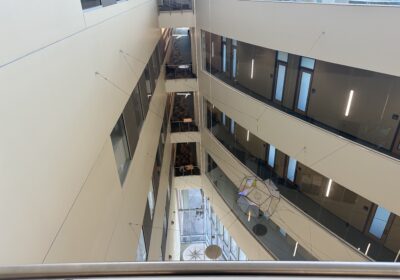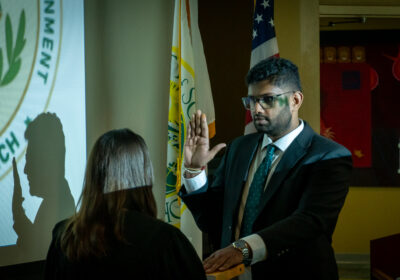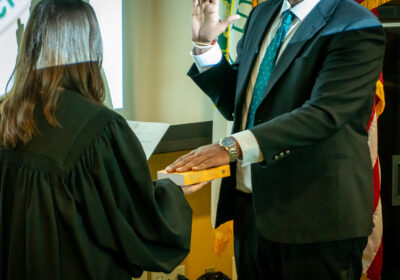Unstoppable campaign remains on track
Despite facing a nationwide recession and encroaching deadline, USF’s Unstoppable Campaign is living up to its name.
“At the time that the campaign’s (seven-year) timeline was established (in 2005), who would have predicted one of the worst economic issues in recent times (would have occurred),” said Senior Associate Vice President for University Advancement and Campaign Director Rodney Grabowski. “We had a slow down on the fundraising side, but we have rebounded from it.”
The campaign – a comprehensive fundraising effort set to end in 2012 – had reached $401.9 million, roughly 67 percent, of its $600 million goal, according to the Unstoppable Campaign website. But the fundraising will continue long after the goal completion date, he said.
Though donations slowed in 2008, he said the campaign’s recovery has set it apart from similar ventures at other universities.
“We haven’t reached our goal yet, so we’re not stopping until we reach our goal, but we’re now two-thirds of the way there,” Grabowski said.
This fiscal year’s donations are up 10 percent from the 2009-10 fiscal year, while many other Big East schools were down between 2 and 27 percent. So far this fiscal year, which began in July 2010, donations collected are up 40 percent from the same period last fiscal year, he said.
In light of the recession, USF Foundation CEO Joel Momberg said the campaign has done “very well.”
“I think the signs are there that the economy and donor confidence are both recovering,” he said. “The USF Foundation’s support of the core mission of the USF System doesn’t change with changing economic times.”
Momberg said he feels that philanthropy – the campaign’s upcoming projects include establishing a USF collegiate chapter of the Association of Fundraising Professionals to teach students the value of giving back to the community – is an essential part of the campaign.
“It is always important for our philanthropic community to understand the significance their gifts have for our institution,” he said. “Tighter economic times and recent state belt-tightening underscores the importance of the Foundation’s ability to serve the (USF) System’s students and faculty.”
According to the foundation’s last annual report, $4.3 million has been spent on student scholarships since the program’s inception, he said.
The campaign has already reached some of its seven priorities for allocating the money, which include “academic enhancements, capital, faculty and scholarship” use, and is working toward the others, Momberg said.
But the fundraising will continue. Once the goals of the current campaign are met, new goals will be set and existing ones reassessed, Grabowski said.
In addition to launching student philanthropy initiatives, Grabowski said the campaign will work next fall to make faculty and staff feel included as well. Many of the campaign plans for the fall are centered on looking internally for funds, instead of just searching for donors outside for the University.
“We want to make sure faculty and staff also have the opportunity to give back to an area they would like to support,” he said. “We have a strong tradition of faculty (and) staff giving back. It is our obligation to pay attention to the faculty and staff.”






